Your cart is currently empty!
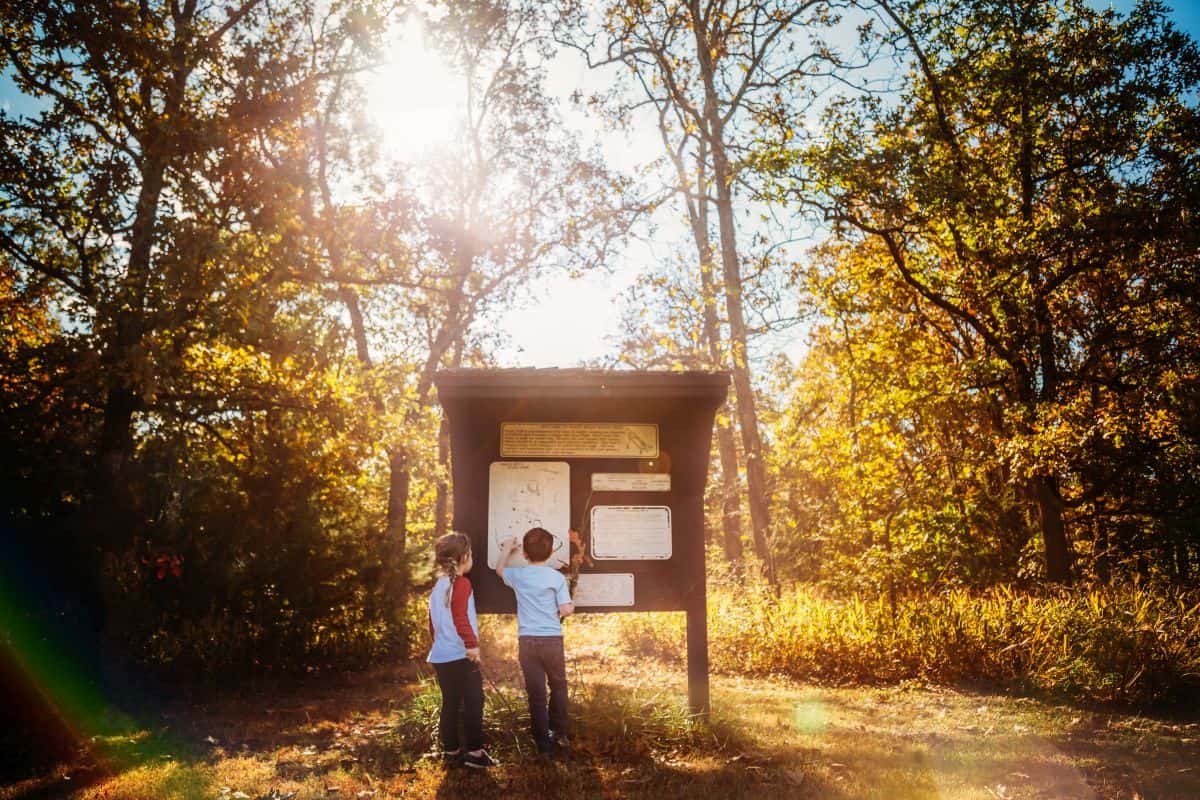
Exploring State Parks with Kids
We’ve said it before, and it’s worth saying again, “You don’t have to travel far for big adventures!” Discover the boundless wonders awaiting you right in your own backyard as we embark on a journey to uncover why our local state parks stand as the ultimate destinations for unforgettable family experiences. From enchanting day trips that captivate young minds to rejuvenating vacations that reconnect the family spirit, and exhilarating camping escapades that nurture a love for the outdoors – our state parks promise a tapestry of exploration and bonding, making them an ideal canvas for fostering togetherness and sowing the seeds of a lifelong affinity for the natural world. Join us today, as Katie Fox, North Carolina teacher and mom of two (and visitor to 50+ state parks across the US), delves into the myriad reasons why state parks are treasured landscapes tailor-made for creating timeless moments and instilling a sense of wonder in the hearts of both young and old.
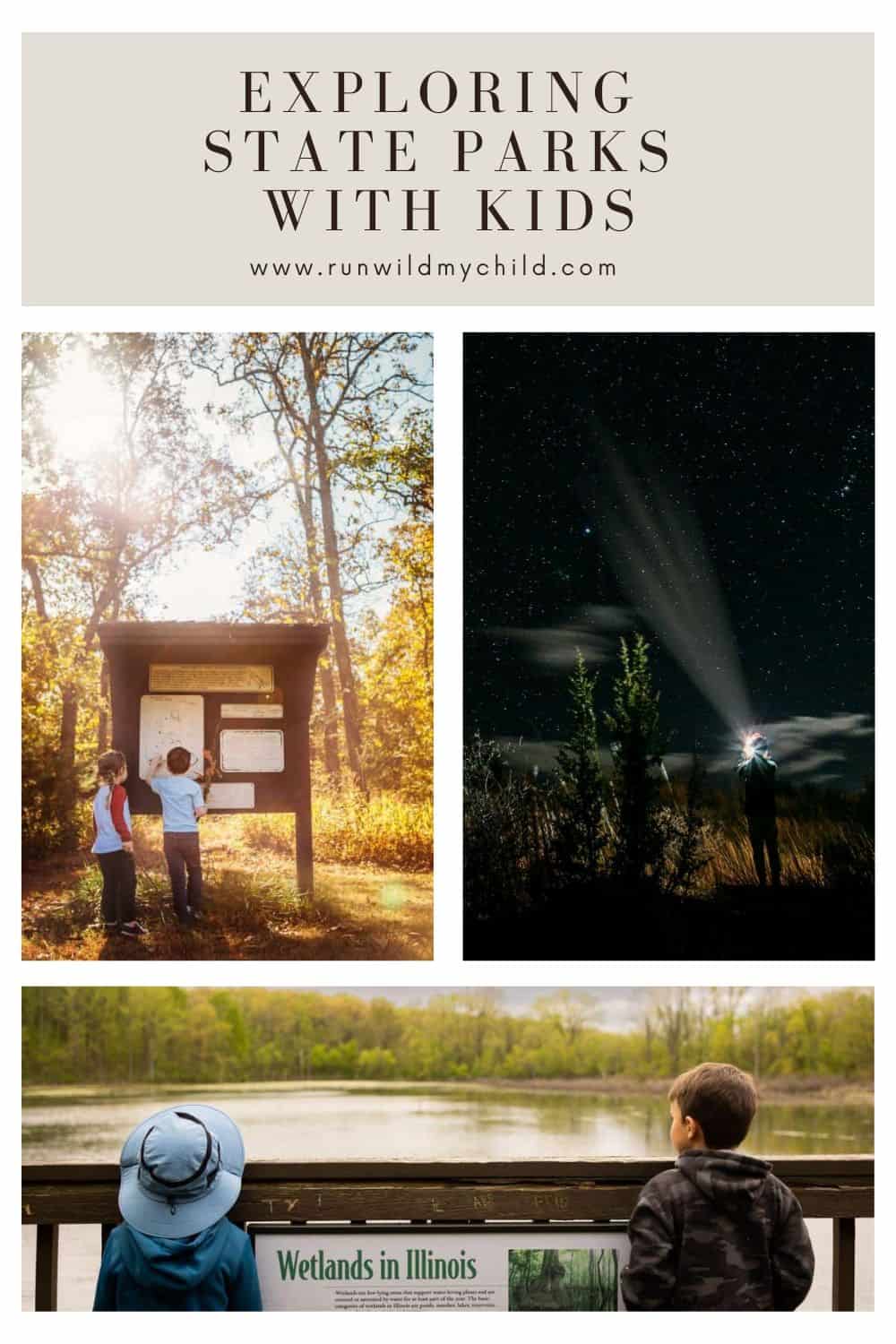
State park adventures with kids
Planning a family trip can be a difficult, yet rewarding, task full of possibilities for fun, adventure, and relaxation. Whether you are planning a day trip, weekend adventure, or full-on family vacation, state parks make perfect destinations. In a world brimming with bustling cities and digital distractions, state parks serve as natural havens and offer an idyllic escape where parents, children, and adventurers of all ages can forge lasting memories amidst the embrace of Mother Nature. Not only are state parks all over every state in the US, and each one completely unique, but they offer so many different activities (many free!) that there is bound to be something for everyone in your family. They are a great place to explore with kids!

Why visit state parks?
While the allure of national parks and bustling tourist hotspots is undeniable, there’s an often overlooked gem right in your local vicinity – state parks. These hidden treasures offer a unique and distinct charm that sets them apart from their grander counterparts. Choosing to visit a state park in your area holds a myriad of advantages that promise a more intimate, authentic, and immersive experience
There are over 10,000 state park-operated natural areas and 2,474 official state parks in the United States and every single state has more than one. Wyoming has the least state parks (with 11), while New York has 164 state parks! Every other state falls somewhere in between. This means, there is very likely a state park (or several) near you to explore!
And if you are like many families, you select your adventure destinations carefully because vacation days and weekend hours are in limited supply. You want everyone to enjoy the experience, and you want them to remember the trip fondly. This is a lot of pressure, but visiting state parks with kids pretty much guarantees your trip isn’t wasted!
Why? Because there are so many things to do, and almost all of the experiences are free or inexpensive. There is very likely something at a local state park near you for everyone in your family, making them a great spot for all-family fun.
Plus, while state parks are gaining in popularity, especially after the pandemic, they are still not as busy as National Parks (and usually much easier to access). Say goodbye to crowded attractions and long lines, and instead, embrace the tranquility of lesser-known trails, the warmth of local hospitality, and the joy of discovering a slice of nature that feels like a well-kept secret. By opting for a state park adventure, you’re nurturing a deeper connection to nature near you, supporting local conservation efforts, and savoring the satisfaction of exploring a destination that’s as unique and diverse as the region it (and you) calls home.
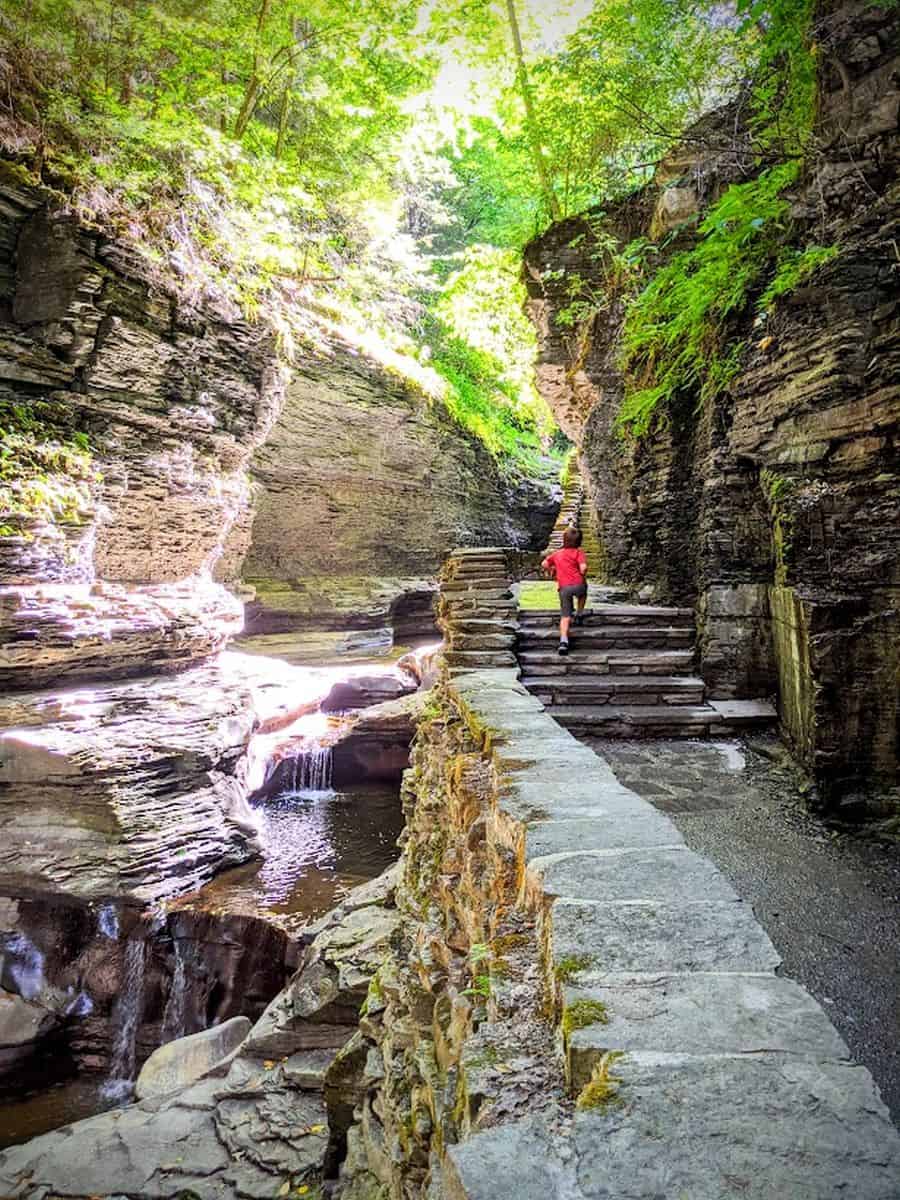
Activities available in state parks
While some state parks are designed to show off the main attractions, state parks usually offer a wide array of activities that cater to various interests and ages, making them perfect destinations for outdoor enthusiasts, families, and solo travelers alike. While every state park is unique and will offer particular activities based on the amenities and features of the park, here are some activities you can enjoy in most/many state parks:
- Hiking: State parks often feature a network of well-maintained hiking trails that range from easy strolls to challenging hikes, allowing you to explore diverse landscapes, from lush forests to rugged mountains. It is almost guaranteed there will be at least one hiking trail to explore, and there is almost always one or more that are perfect for kids. Some parks have guided nature trails, great overlooks, waterfalls, swimming holes, and more that are great for little hikers.
- Picnicking: Pack a delicious meal and enjoy a leisurely picnic surrounded by the beauty of nature. Many state parks provide designated picnic areas or pavillions with tables, grills, and scenic views.
- Camping: Experience the joy of sleeping under the stars by camping in state park campgrounds. Whether you prefer tent camping or RV camping, state parks offer a range of camping options. Some state parks even offer cabins, hotel-type lodging, or homes for rent.
- Wildlife viewing: State parks are home to a variety of wildlife species. Bring your binoculars and camera to observe birds, mammals, and other creatures in their natural habitats. Check out the visitor center in the state park to get a list of what wildlife is in the area.
- Fishing: Many state parks have lakes, rivers, and ponds where you can cast your line and enjoy fishing. Check local regulations and guidelines before you start fishing. Some states parks even have loaner fishing gear (rods, reels, tackle, etc.) that you can check-out and use for the day.
- Swimming: If your state park has a lake, creek, stream, or beach, swimming can be a refreshing way to beat the heat during the summer months. Just make sure to check the state park website to ensure swimming is allowed before you go and if there is a fee.
- Canoeing, kayaking, SUP: If there’s a water body within the park, you might have the opportunity to rent a canoe, kayak, or stand-up paddleboard along serene waters. Some state parks have local outfitters where you can rent kayaks/canoes/SUPs for the day (or by the hour).
- Photography: Capture the beauty of nature, scenic vistas, and wildlife through your camera lens. State parks provide an abundance of photo-worthy moments.
- Geocaching: Embark on a modern-day treasure hunt by participating in geocaching, a GPS-based activity that involves finding hidden containers (caches) using coordinates.
- Nature walks: Many state parks offer guided nature walks led by park rangers, where you can learn about the local flora, fauna, and ecosystems.
- Waterfalls: If you have a waterfall-loving child (or any family member), many state parks have waterfalls for you to find. Often these trails, especially when they are easier hikes or when swimming is allowed, are very busy trails. And busy trails often mean busy parking, so try to plan accordingly.
- Rock climbing: Some state parks have designated rock climbing areas for both beginners and experienced climbers to challenge themselves and enjoy breathtaking views from the top.
- Biking: Explore trails on two wheels by bringing your bike. Many state parks have biking trails that cater to different skill levels, including mountain biking.
- Enjoy the nature around you: No matter which state park you visit, even if it is dedicated to local human history, there will be nature around you. It would be virtually impossible to avoid seeing nature at a state park but take a moment (or several) to sit and really watch the nature around you. See an ant? Watch what it does. Listen to the birds, cicadas, frogs, coyotes, and the wind in the trees. Look for lightning bugs at dusk or stay up and check out the night sky with less light pollution. Nature is all around you, you might as well enjoy it!
- Interpretive programs: Participate in educational programs, workshops, and guided tours led by park rangers to learn about the park’s history, geology, and cultural significance.
- Stargazing: State parks often provide a darker, less light-polluted environment, making them ideal spots for stargazing and observing celestial events.
- Relaxation: Sometimes, the best activity in a state park is simply unwinding and enjoying the serenity of nature. Bring a book, practice yoga, or simply soak in the peaceful atmosphere.
Remember to check the specific offerings and regulations of the state park you plan to visit, as activities may vary depending on location and season.
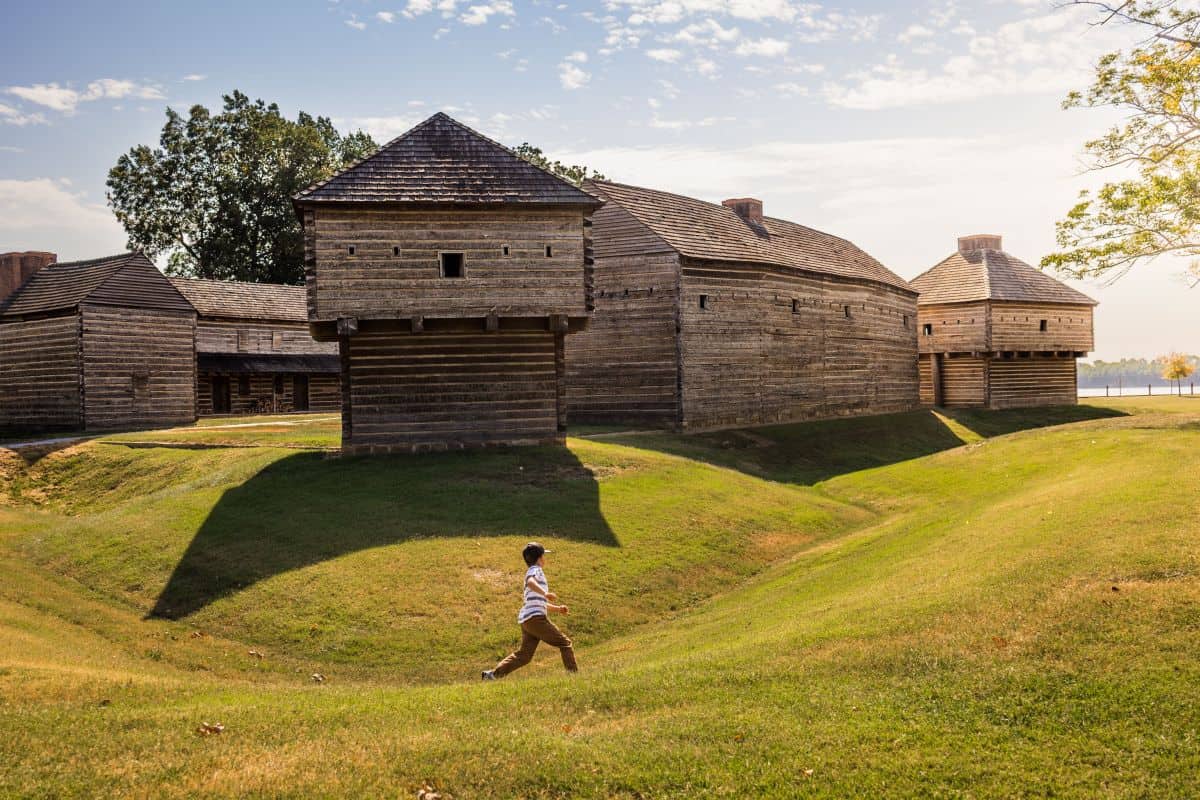
Choosing which state park to visit
Finding the perfect state park to explore is easy!
If you are not picky about activity and simply want to explore a state park, simply pick one close to you. You will feel more comfortable and confident if you are new to exploring state parks with kids if you are closer to home. Plus, this option means the excursion is a day trip and makes planning and preparing easier.
If you have a particular activity you want to do, find a state park that offers some or all of those activities. Most states have websites for their state parks that list outdoor activities that can be done in each park. Some are very straightforward with how you can search by activity, some you have to dig a bit to find the right page, and others offer fun ways to give you the information (like Georgia providing a quiz to find the perfect park for your personality).
For instance, if you want to see a waterfall, you can use the state’s state park website to search for parks that have those options. If you’re into hiking, look for a state park with miles of trails for you to explore. Interested in horseback riding or soaking in hot springs? See if that’s an option! From sandy beaches to rock climbing, state parks have a lot to offer and are the perfect place to try something new with kids!
If you really cannot find what you are looking for on the state park website, you can always google the activity, your state, and the words ‘state park’ and see what the internet has to share.

Deciding when to visit a state park
Picking the best time to visit a state park is also pretty easy. It is all about doing a little research to ensure your trip includes everything you want.
If you have limited time and weekends and holidays are when you are available, obviously go when it is easiest for you. These are often the busiest times for state parks (and outdoor adventures in general), but the experiences are still worth the parks being a bit more crowded.
But even if time is not an issue for you, some parks are simply prettier, more accessible, and more comfortable during certain times of the year. Determining the best time to visit a state park near you involves considering factors such as weather, seasonal activities, crowds, and your personal preferences.
Start by researching the state park you’re interested in visiting. Look for information on the park’s official website, visitor’s center, or guidebooks. Learn about the park’s unique features, attractions, and activities that are available throughout the year.
Consider the weather and climate of the area. Different seasons offer different experiences and activities. Determine if the park has a peak tourist season, when it’s busiest, and an off-peak season, when there are fewer visitors. Visiting during the off-peak season might mean fewer crowds and a more tranquil experience. Also, check if the park hosts any special events, festivals, or programs throughout the year. These events can enhance your experience and provide unique opportunities to engage with the park’s offerings.
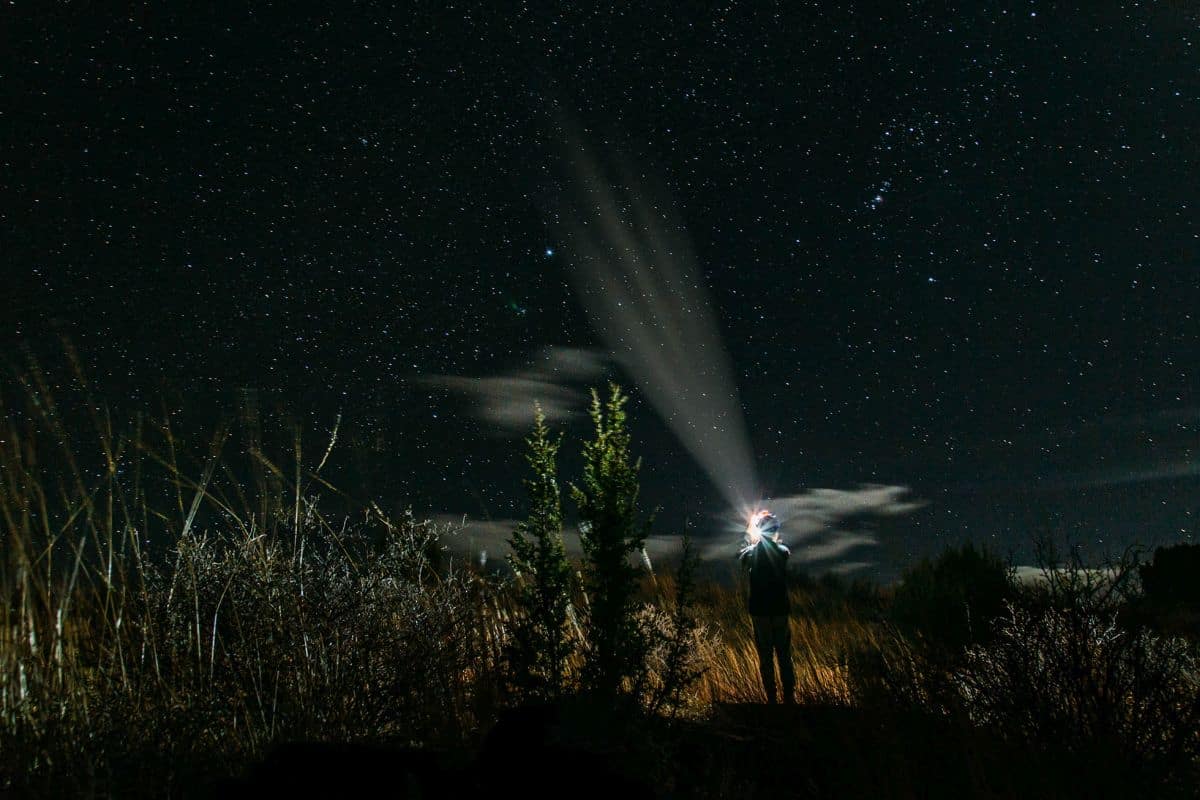
Planning ahead for your state park visit
If the park offers camping or lodging, check if you need to make advance reservations. Some popular parks fill up quickly, especially during peak seasons. You may need to book campsites well in advance of your trip, but not always! Also, be aware of the park’s opening and closing times, as well as any seasonal road closures or restrictions that might affect your visit.
Consider the activities you’re interested in and when they are available. If you like fall leaves, there are quite a few state parks when fall would be an ideal time to visit. Love swimming in the pools or boating? Then summer is likely to be the best time to explore. If you are really into spring flowers, waterfalls, or mushrooms, then you need to look into when those are abundant at the state park you are interested in. If you want to experience snow or avoid snow altogether, then you need to consider these factors when you are planning which state park to visit. And some parks close all or some of their trails during the winter due to snow, so there are small windows of opportunity to hike these areas.
In other words, once you pick the park you want to visit, find the time of year that will suit your family best! It sounds more difficult than it is. There are very few parks that are likely to be closed completely, and even if the park has fewer visitors in the summer due to heat or fewer visitors in the winter because of snow, there will often still be something to do, learn, and explore.
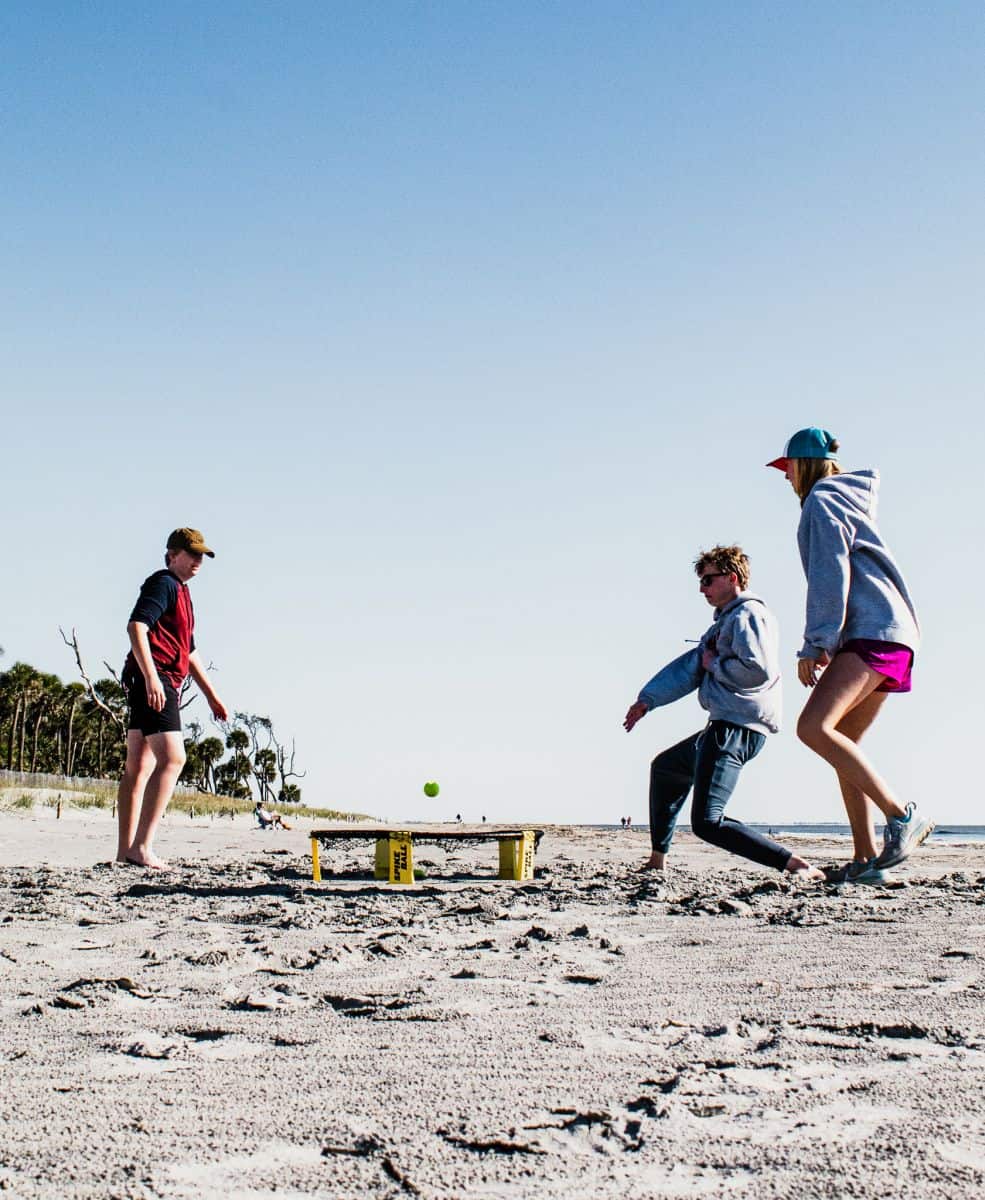
What do state parks offer?
Every state park is different, and each has its own activities to enjoy, but all have at least a couple of the following activities for your family to experience. To know exactly what is available at the state park you are interested in visiting, check out their website.
Stop by the visitor center
This is one of the very first things to do when you get to a state park! The visitor center often has some sort of informational display that is sure to teach your family something new. Plus, this is where you can chat with Park Rangers, grab junior ranger books, and find amenities.
Get your passport stamped
Many states have passport books available (either for free or for purchase) that you can take to each state park you visit to get a stamp. Some passport books include information on each state park, maps, etc. Include the date you visited and see how many stamps you can get!
See about a junior ranger program
If your children are interested in earning a badge or small souvenir, see if the state park has a junior ranger program. Many have this program, and they are often similar to the National Park Junior Ranger program, but each state park and state does it differently. This program is perfect for kids to learn all about the local plants, animals, and history, as well as reinforce responsible outdoor etiquette. And even if there isn’t a junior ranger program, many state parks will have something for kids to complete, like a nature bingo board specific to the park.
Learn about local history
Many state parks share local human history, folklore, and local historic sites in some capacity. Often there are displays, self-guided museum tours, interactive exhibits, and more to share this history with visitors. And if a Junior Ranger program is available, local history is often included in the materials, so even if you do not have a ton of time, you may still be able to read about some of the history.
Wildlife encounters
State parks provide a front-row seat to wildlife spectacles. Kids can marvel at the elegance of a soaring hawk, the playfulness of squirrels, or the gentle rustle of a rabbit in the underbrush. Maybe you’ll see deer, bald eagles, or moose. Maybe your kids will catch a crawdad in the creek or a catfish in the lake. These close encounters foster empathy and respect for all living creatures, encouraging children to develop a sense of responsibility toward their fellow inhabitants of the Earth.
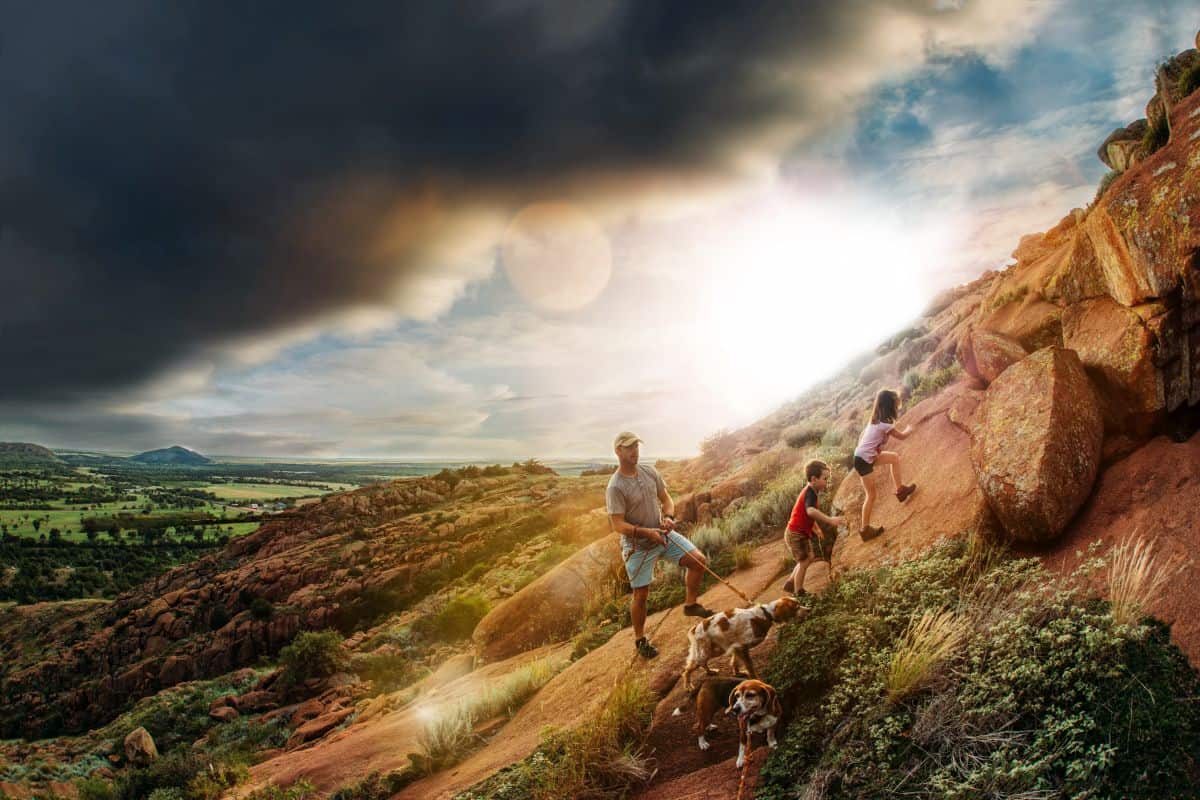
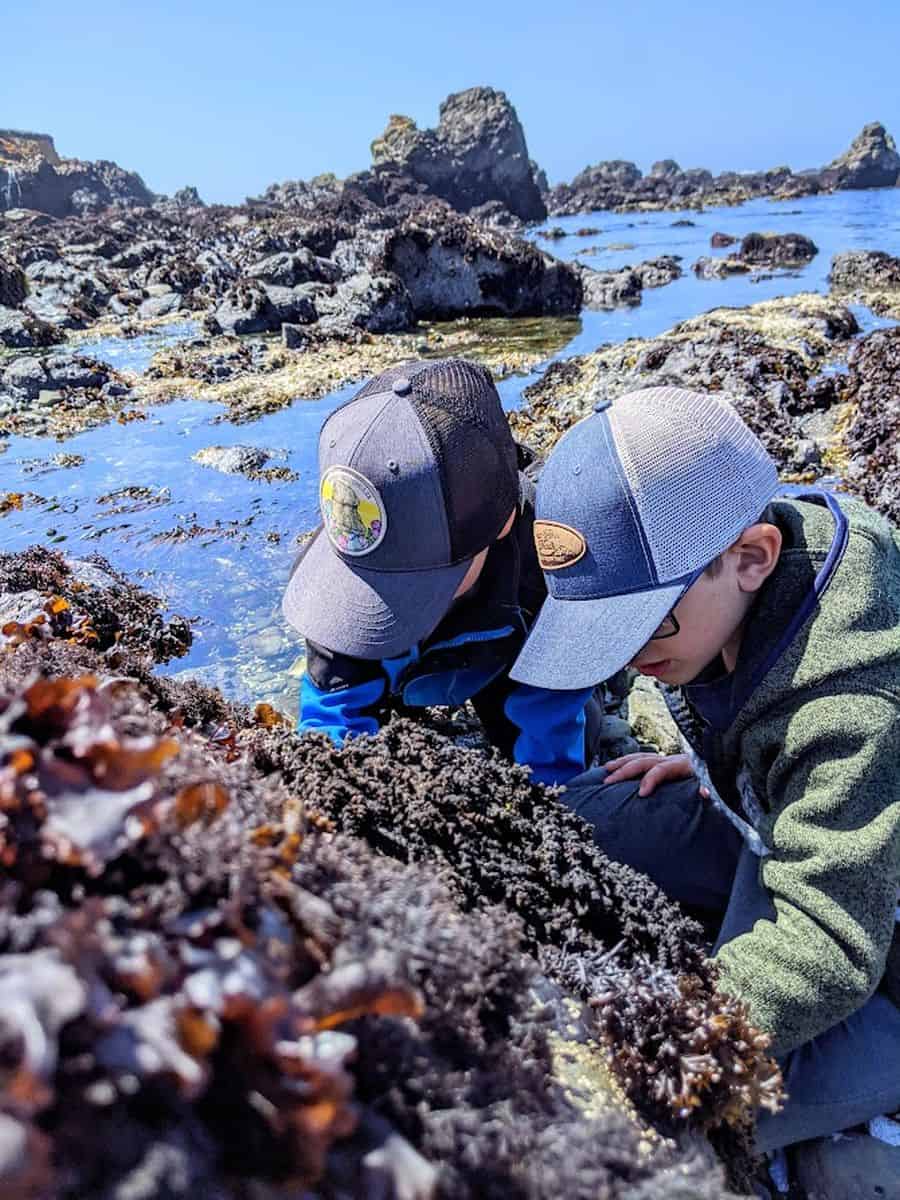
Connect with local nature at a state park
Visiting local state parks is an enriching journey that fosters a profound connection between kids, families, and the natural world that envelops their own communities. These parks serve as immersive classrooms, where children can discover the intricate dance of nature and wildlife, leading to a heightened appreciation for their local environment and a deep-seated love for the planet as a whole.
State parks offer an interactive platform for kids to engage in hands-on learning. As families explore winding trails, vibrant meadows, and serene lakes, children encounter ecosystems teeming with life. They witness the delicate balance of flora and fauna, learning about the role of plants in oxygen production, the significance of pollinators, and the interdependence of different species.
Witnessing the splendor of state parks, families come to understand the significance of conservation efforts in their area. Kids learn about the importance of preserving these havens for future generations, prompting them to become stewards of their local environment. Planting the seeds of ecological awareness early in life can lead to a lifelong commitment to sustainability.
Visiting state parks helps children see themselves as part of a larger ecological tapestry. By observing the delicate balance of ecosystems, families develop a holistic understanding of how their actions can impact the environment. This awareness lays the foundation for responsible decision-making and a sense of accountability for the planet’s well-being.
Tips and tricks for exploring state parks with kids
Visiting state parks, or really adventuring anywhere with kids, often goes more smoothly if you have some tips and tricks to help you and your family along. There is really no wrong way to explore a state park with your kids, but you never know when you may need one or more of the following ideas while out exploring.
Plan ahead
- See what activities are available at the state park and make a list of what you want to do while you are there.
- Check to see if they have a state park junior ranger program and check to see if there are any age restrictions to make sure your kids can participate.
- Look at the available trail maps found on the state park website. Once you find one (or five) you want to check out, use a trial app to see which ones are best for your family. Trail apps show you pictures and offer reviews, which may give you a better sense of what the trail is like.
- Check prices and times for entry, rentals, tours, etc. This way you know when you need to be there.
Be prepared
- Bring extra water, just in case there isn’t any available at the state park (there usually is, but you can’t be too prepared).
- Bring bug spray and sunscreen because you never know what you may encounter.
- Have an alternate plan in place just in case the trail you want is closed, boat rentals are sold out, or tours are full. Nature isn’t predictable and crowded days at the park happen. Having a backup plan ensures your family will still have a good time!
- Grab a trail map at the visitor center and have the trails saved and easily to find in a trail app. You never know when you may need to look at the map. Plus, having the trail map can also come in handy if your child needs a distraction and loves to help.
Make it fun
- Sometimes (all the time?), exploring with kids is hard. They complain, fall down, get bored, etc. and it can make the experience less fun. One way to help make exploring more enjoyable for all is to have a couple of tricks up your sleeve to make the adventure fun again. One favorite is to play Would You Rather. It takes no preparation and distracts kids while they walk or experience the park. For more hiking tips and a longer list of hiking games, check out A Beginner’s Guide to Hiking with Kids.
- Bring a fun snack along to share at some point during your state park adventure. Maybe once you reach the midpoint or end of your hike or once your kids finish their Junior Ranger activities. The point is to share something special with them and enjoy it as a family.
Make a family goal to visit all the state parks in your state
We all make some variation of adventure goals. Whether your goal is to get outside more, hike more miles, try new outdoor adventures with your kids, or get out of your comfort zone a bit, state parks are perfect for helping you achieve your goal. In fact, you can set a goal (like getting outside more) and also begin working toward visiting all the state parks in your state.
Doing your own state park challenge is really a perfect outdoor adventure goal, even if you live in New York and visiting 164 state parks seems daunting. First of all, there is no time limit, so you can do this over the course of years! You can make it as easy or challenging as you want and totally set your own rules. Maybe you want to do one hike in each park you visit. Maybe you want to spend at least one-night camping in all the largest state parks. Chances are you’ve already visited one or two nearby state parks already, or live close to one that it will be easy to visit, so you can get started right away!
Tips for doing a state park challenge
If you want to participate in a state park challenge (visit all the state parks in your state), here are some tips and ideas to help you get started. Again there is no right or wrong way to visit a state park, and doing all of these ideas is not ideal. Pick one or two (or create your own) and do what works best for your family!
Start with a list of state parks
Make a list of all the state parks in your state, print it out, and have your children help check them off each time you visit one. Some states already have these in printable form, but it is easy enough to grab all the official state parks off your state’s state park website.
If you want to go the extra mile, check Etsy for printable state park checklists. There are some really beautiful state park checklists/maps. You could print a large map of your state and let the kids check off each park you visit.
Set your rules
Set criteria for what your family will count as completing a state park. Do you have to hike a trail, complete the junior ranger program, go camping, buy a magnet or postcard, stargaze, learn something, etc. This is just a fun way to get some buy-in from your family.
Sometimes having a consistent activity to complete in order to mark something off helps get everyone excited. Keep in mind, some parks are much smaller than others and may not have your requirement, so make sure there is some flexibility in your plan.
Create a plan
Create a planning list and make sure to include distance, entry fee, and available lodging. Which state parks do you want to visit first? Some may require quite a bit of driving (and a longer amount of time), so plan accordingly. Maybe there are a few close together that you can visit on the same trip? This list will help you know which state parks are day trips and which are further away and will require more planning (and possibly advance reservations).
Run Wild My Child has two Creative Team Members that have been working toward this goal. Here are some tips and tricks from them.

Kristen Ryan’s tips for doing a state park challenge
Kristen Ryan has visited 30 out of the 38 State Parks in Oklahoma
“We love to camp and hike but can’t always make it too far from home with little kids, dogs to take care of, and day jobs. Years ago, we started fitting in quick weekend getaways to adventure and explore our home state. As we began exploring different places, it soon became a goal to hit all the state parks in Oklahoma.
Our state has a passport activity book for kids where they can collect stickers at each state park they visit. They loved to be able to fill their books with new stickers at each new place explored. It helps get them excited at the idea of visiting new places.
We started small, looking for close by state parks to go hiking on a free day. On the weekends that we wanted more of an adventure, we would search out the further away parks where we could camp. One spring break, we decided to make a weeklong trip of it and went to the furthest away state park in Oklahoma, Black Mesa State Park. A beautiful area far from any close by town/city. Then, we worked our way back, hitting as many state parks as we could along the way. This was a fun way to turn it into a bigger adventure and camp at a variety of parks, seeing what each one had to offer. My kids still talk about that trip.
I think it is so interesting to see what hidden gems you can find in your own state. We are lucky in the sense that Oklahoma is very vast in its geography. Depending on where you are in the state, we have everything from plateaus, forests, rivers, high plains, grasslands, caves, sand dunes, lakes, and rolling hills. There is so much to see and learn. My family loves to talk about what has been our favorite park so far and our favorite places to hike or camp. Now, we are mostly left with a majority of the lake state parks on the east side of the state. These are great ones to hike at and then end the day with some water fun to cool down.
I highly suggest checking out your local state parks, even if it’s a long drive just to hike for the day. Make it an adventure, come back for a picnic, or stay for a sunset. Let the kids lead the way on your hike. You never know what kinds of great memories you will make along the way. I love those days when we really don’t have an agenda other than to be outside, and what better way than to explore where you live?”
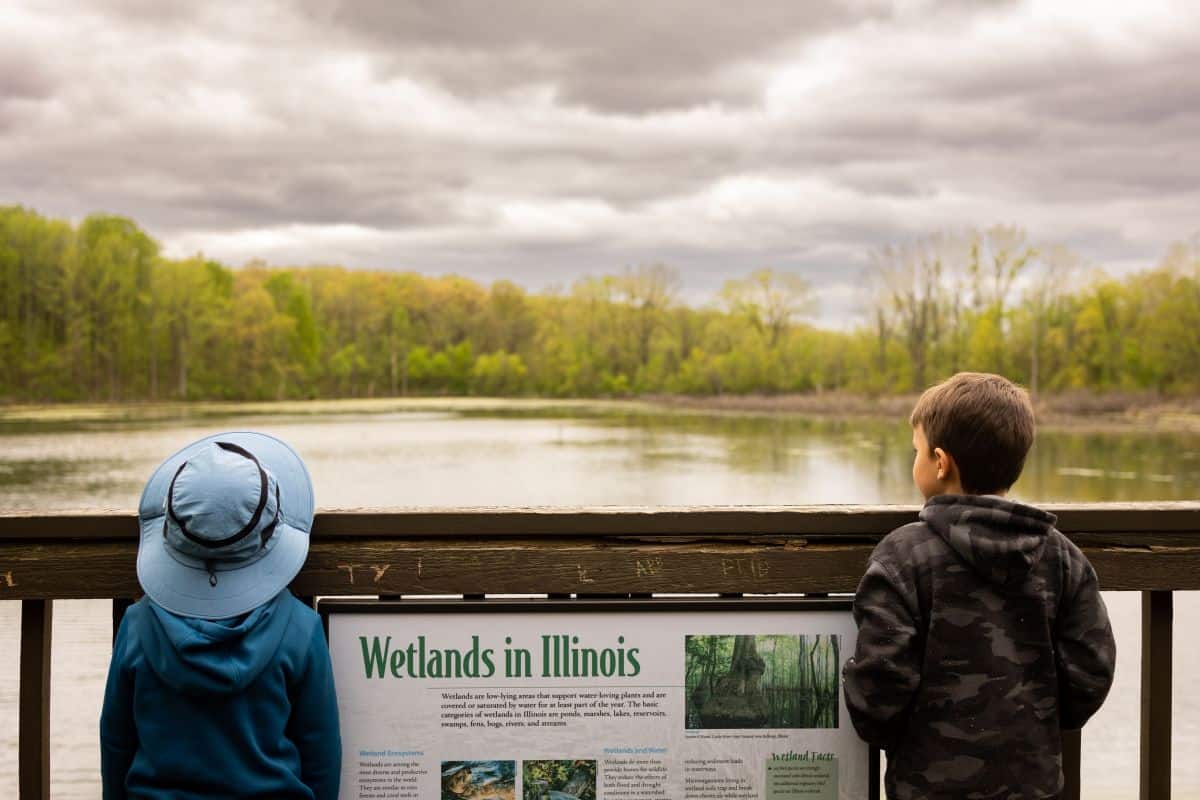
Meghan Garriott’s tips for doing a state park challenge
Meghan Garriot and her family are not only trying to visit every official state park, but every state park-operated natural area and recreation area as well. They have visited 29 so far in Illinois.
“In 2021, my kids and I started our Illinois State Park Challenge. I bought a book with all the Illinois state parks and began looking at the map. I was surprised to see how many parks were close by that I had not only never been to, but had also never known were there!
By the end of 2021, we had visited 20 Illinois state parks together. Most of the parks we hiked at and played on the playgrounds, but there were a few we stopped to picnic at or stretch our legs at on our way to another destination.
Our State Park Challenge comes with no rules or end date, just a satisfying check in the box after visiting each one. We want to keep it simple and fun for our whole family. Visiting these parks is a fun way to prioritize local travel and visit places we often overlook.
As an added bonus, Illinois state parks are free to enter, so it’s a great way to spend some time with family without traveling too far and without spending much money. Throughout our challenge, we have come across so many places we likely would have never visited but now enjoy often. Each park has something new to offer, and it’s been fun learning as we go.
Some parks have great camping, others are better for fishing, and some have awesome bike trails. Through our state park challenge, we stumbled upon a sailing association at Eldon Hazlet state park, which led to my son’s first overnight camp experience, which was a sailing camp!
If you find yourself looking for something to do on a beautiful day, try visiting one of these local parks. They might surprise you with a fun day you didn’t know you were missing!”
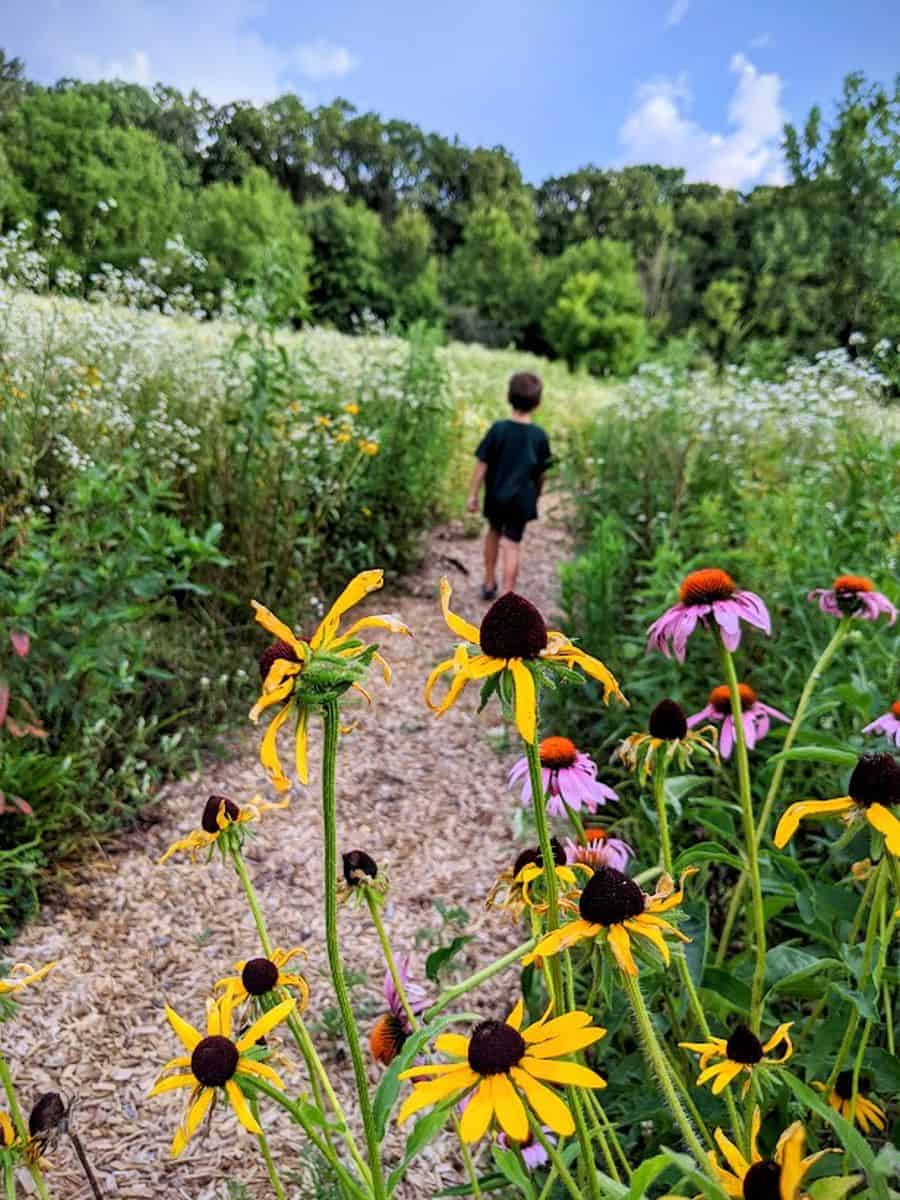
The impact of visiting state parks
Visiting local state parks has a ripple effect that extends far beyond the park boundaries, contributing to the support of the local community, boosting tourism, and aiding in conservation efforts in your area. Here’s how:
Economic impact
When families and visitors frequent local state parks, they often spend money on various goods and services within the surrounding communities. This includes purchases such as meals at local restaurants, accommodations at nearby hotels or campgrounds, supplies from local stores, and even fees for guided tours or recreational activities. This infusion of funds helps stimulate the local economy, supports small businesses, and generates jobs.
Tourism promotion
State parks serve as magnets for tourists seeking immersive outdoor experiences. As word spreads about the beauty and attractions of these parks, more visitors are drawn to the area. This heightened tourism not only brings direct revenue but also encourages the development of tourism-related infrastructure, such as improved roads, better signage, and new recreational opportunities. Communities can capitalize on this increased interest by offering additional attractions and events, further enhancing the region’s appeal.
Conservation funding
Many state parks rely on visitor fees and permits to fund their operations and conservation efforts. When families visit these parks, the revenue generated often goes directly towards maintaining trails, protecting habitats, and supporting wildlife conservation initiatives. By contributing to these efforts, visitors play a crucial role in preserving the natural beauty and biodiversity of the area for future generations.
Outdoor/nature education
State parks often provide educational programs, guided tours, and workshops for visitors of all ages. These experiences not only enrich the lives of those who participate but also foster a greater understanding of the local ecosystem and the importance of conservation. This knowledge can inspire individuals to become advocates for environmental protection and make more sustainable choices in their daily lives.
Local pride
A vibrant state park can become a source of local pride and identity. As a resident of the state, you may develop a strong attachment to your favorite local state park (we hope you do!), recognizing it as a valuable asset that sets your area apart. This sense of pride can lead to increased civic engagement and a collective commitment to preserving the natural beauty and cultural heritage of the region. And living in a place that you are proud of and love can have a significant impact on your mood, attitude, and overall mental health. When you feel connected to your surroundings, it can provide a sense of security, belonging, and fulfillment. Furthermore, when you are happy with your surroundings, it can help to reduce stress levels and alleviate anxiety.
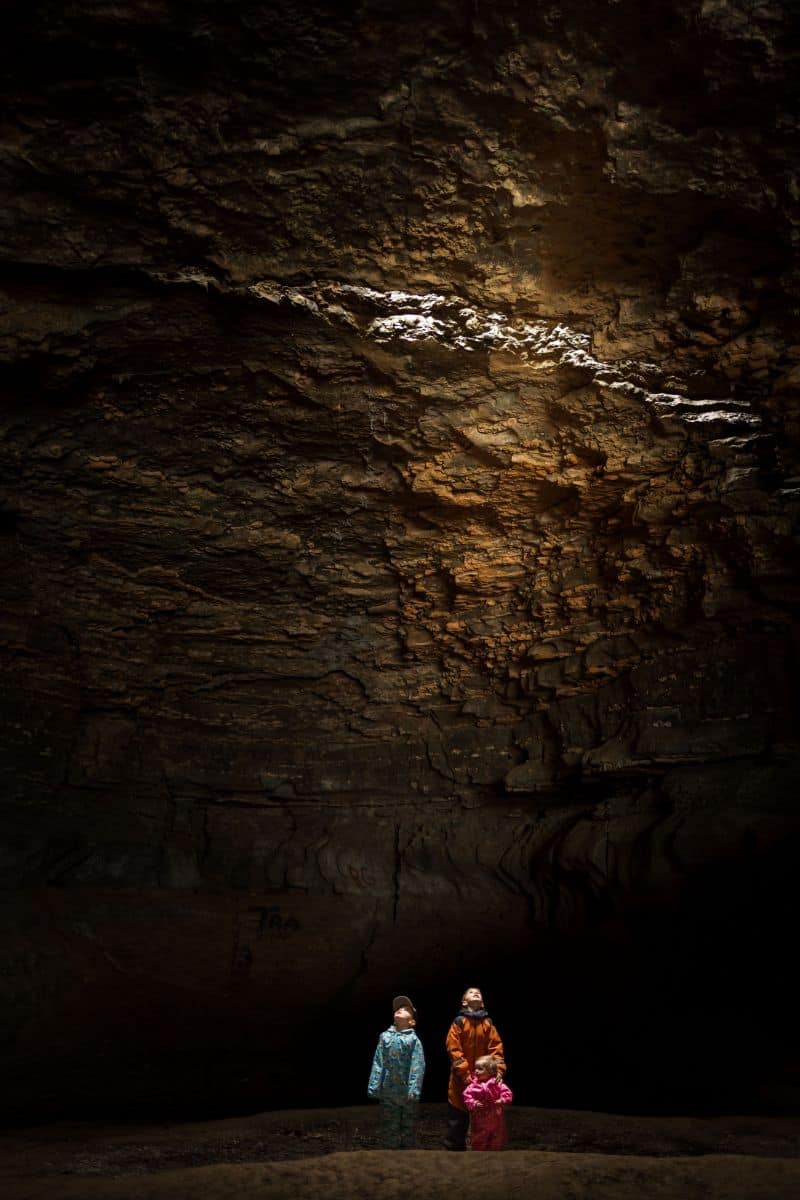
Exploring state parks with kids
As parents, we have the power to kindle a lifelong passion for nature within our children, to witness their eyes light up as they encounter the wonders of the wild, and to instill in them a profound sense of wonder and appreciation for the world right outside their doorstep. Visiting local state parks is a great way to do this. The journey awaits, and the time to embark on exploring your area is now – for every step taken within the embrace of nature brings your family one step closer to understanding, cherishing, and safeguarding the beauty that resides in your own backyard. State parks are beautiful, offer so much to do, are great for families to explore together, and can not only give you a guide for vacation destinations but are budget friendly too! You never know what you’re going to find or what adventures are to be had at a state park near you.
Which state park will you explore next with your kids?

About the author
Katie is a full-time teacher and mom of two, located in North Carolina. Katie explores as much as possible, with a particular fondness for the adventures her family enjoys in state and national parks. When not trekking through the outdoors, Katie enjoys baking, consuming mochas from local coffee shops across the continent, practicing her photography skills, and soaking up as much knowledge as she can.
As an advocate for families exploring the great outdoors, Katie co-founded a Hike it Baby branch in her hometown in Northern California and tries to encourage families to get outside whenever possible. Katie has a Master’s degree in human development from the University of Missouri, Columbia, but her passion is really history and humanities (which is coincidentally what her Bachelor’s degrees are in).
You can find more from Katie online in the following locations:
Instagram: @hiking.motherhood
RWMC posts: Katie Fox

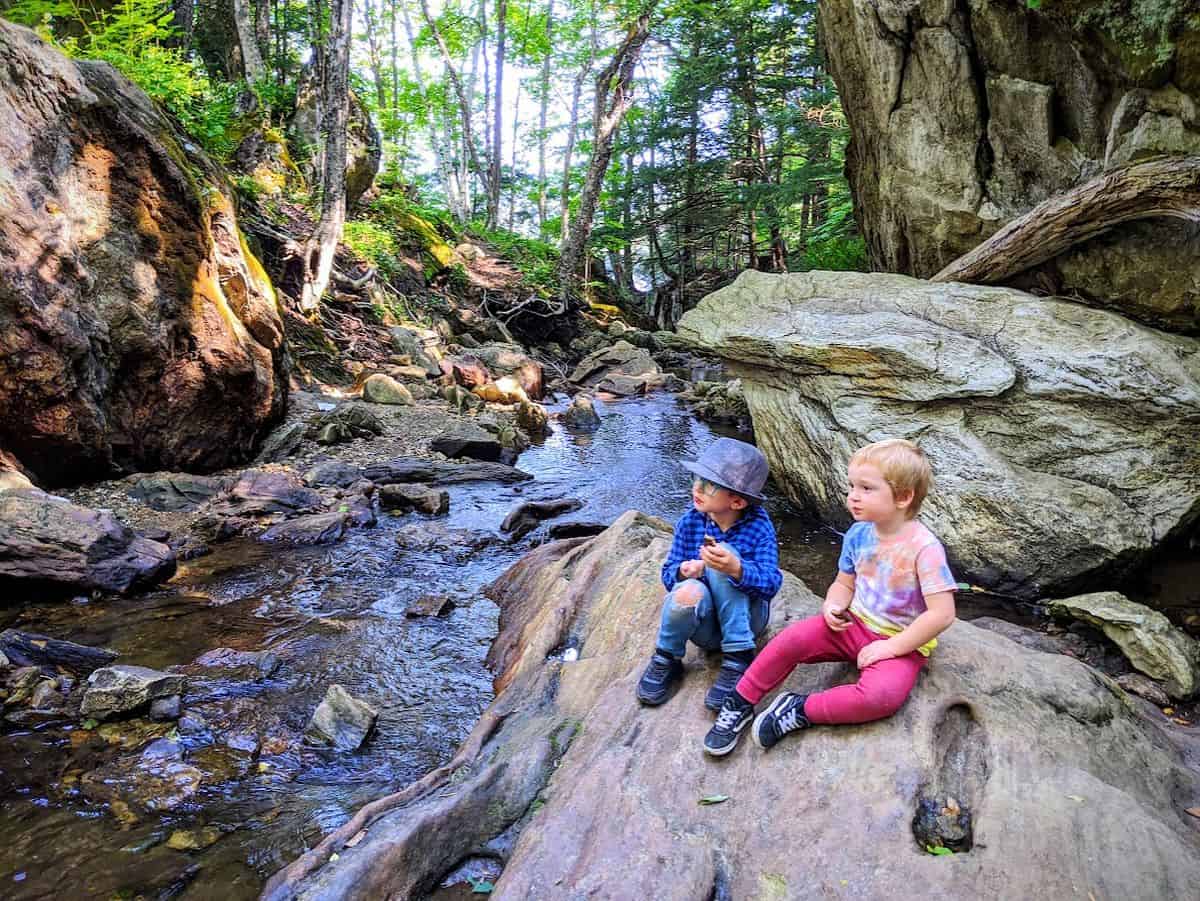
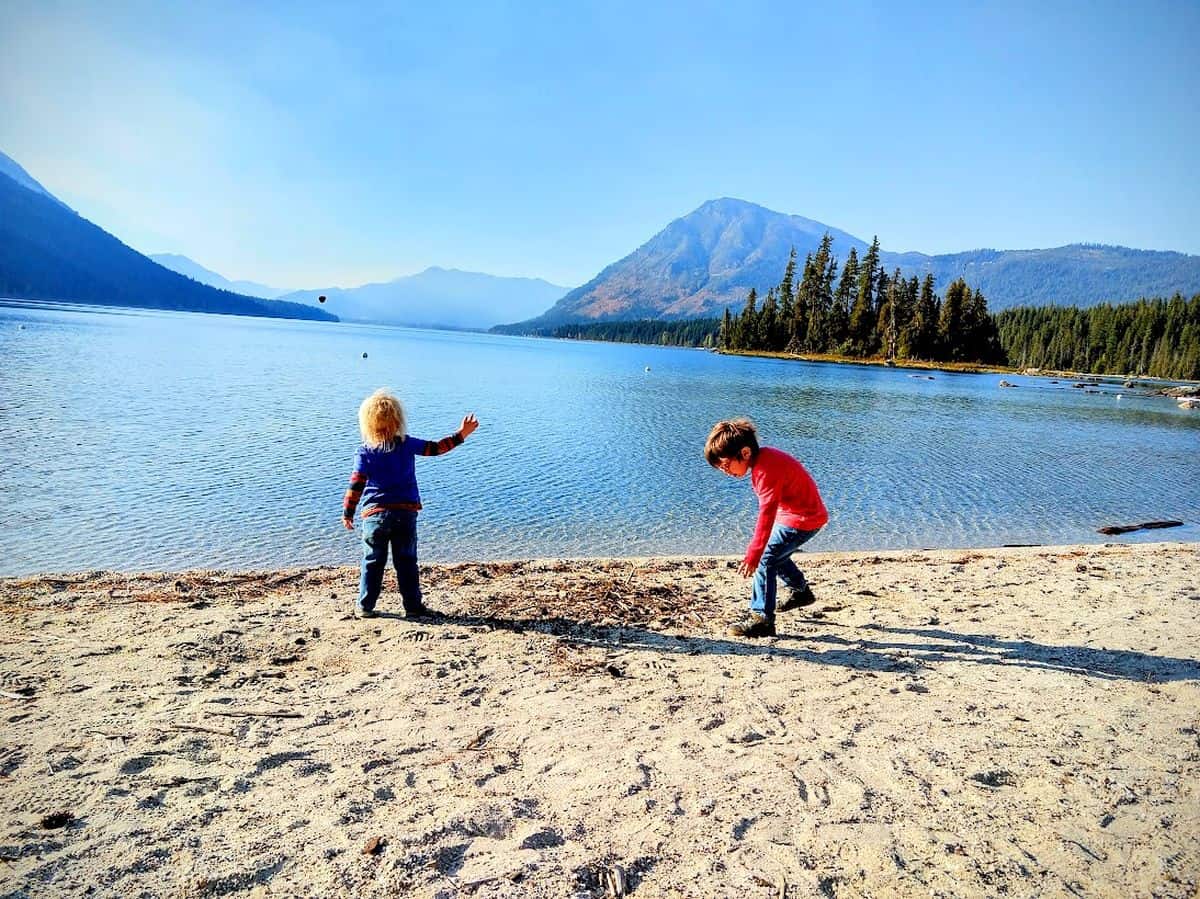
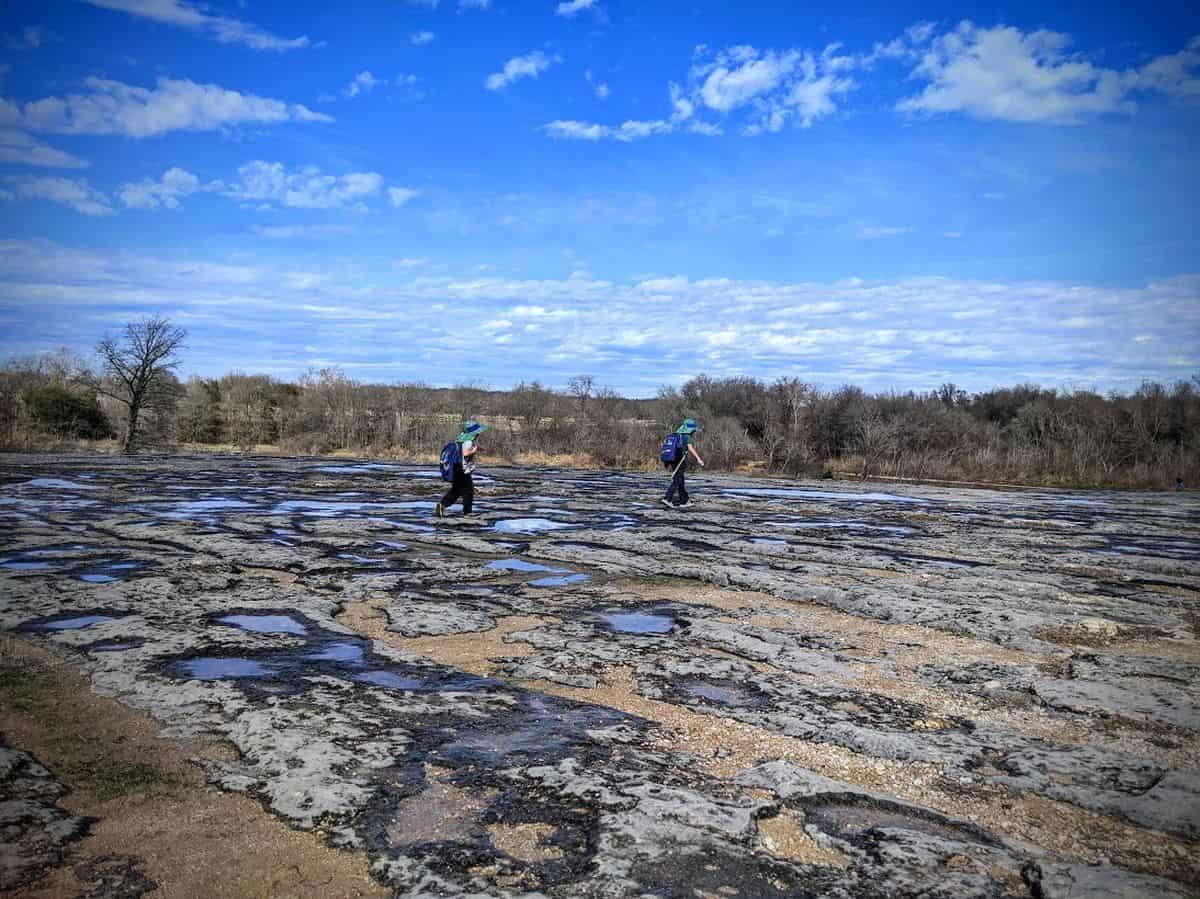
Leave a Reply